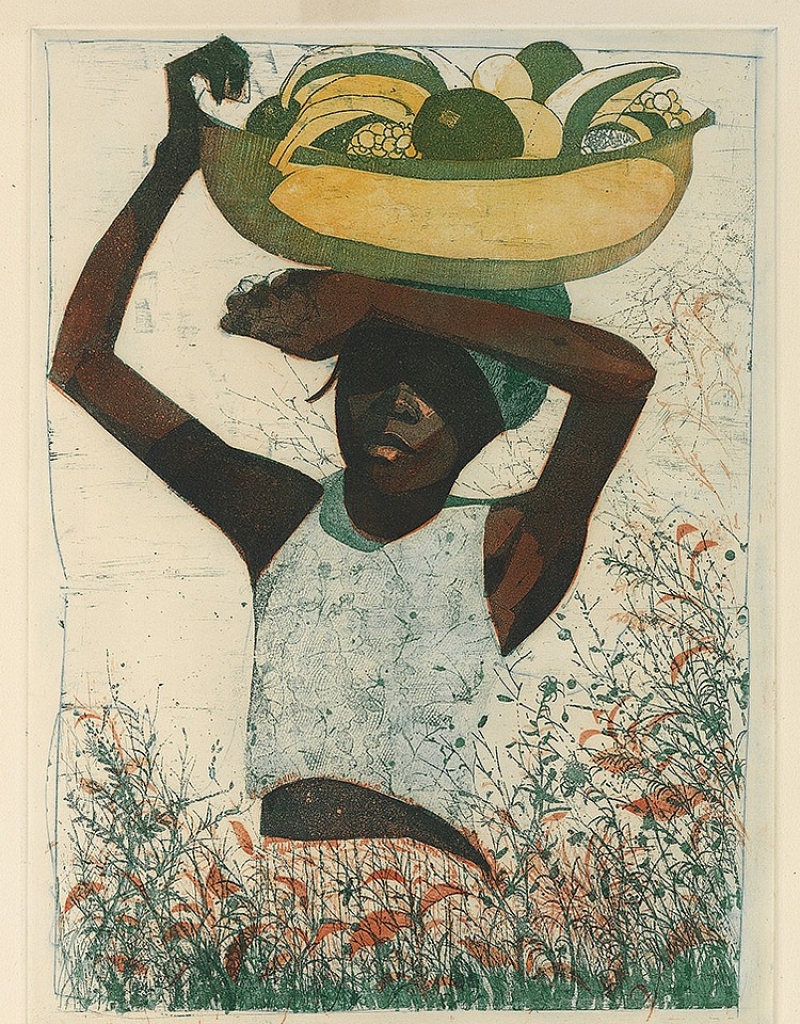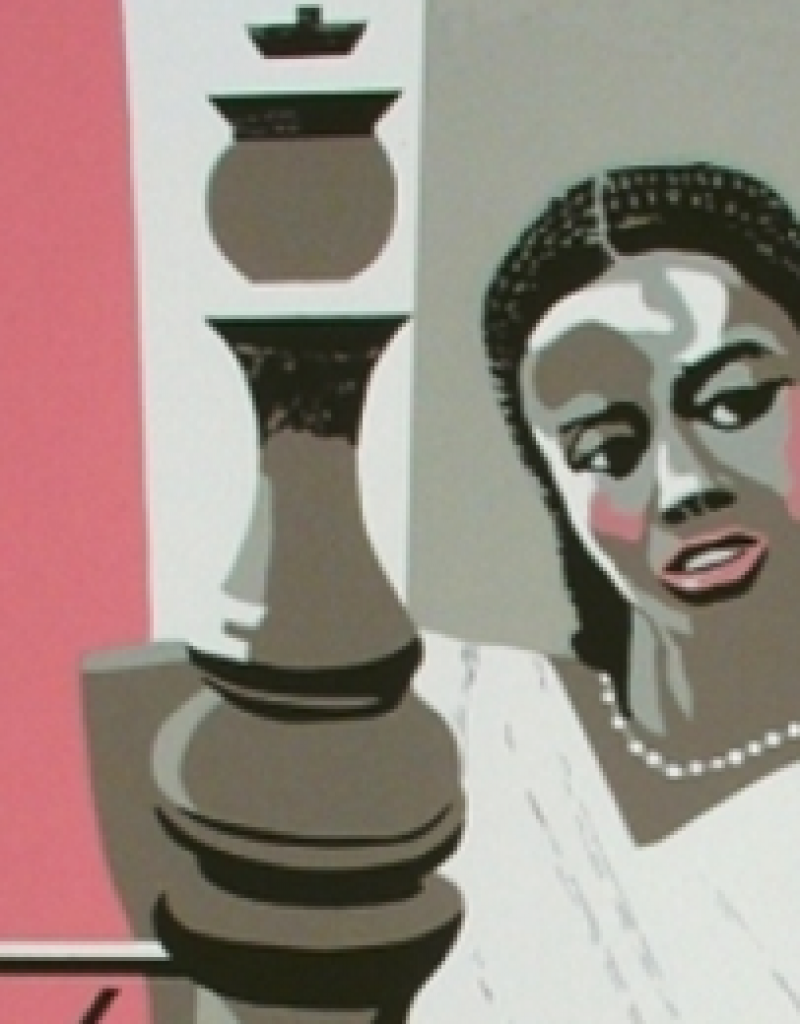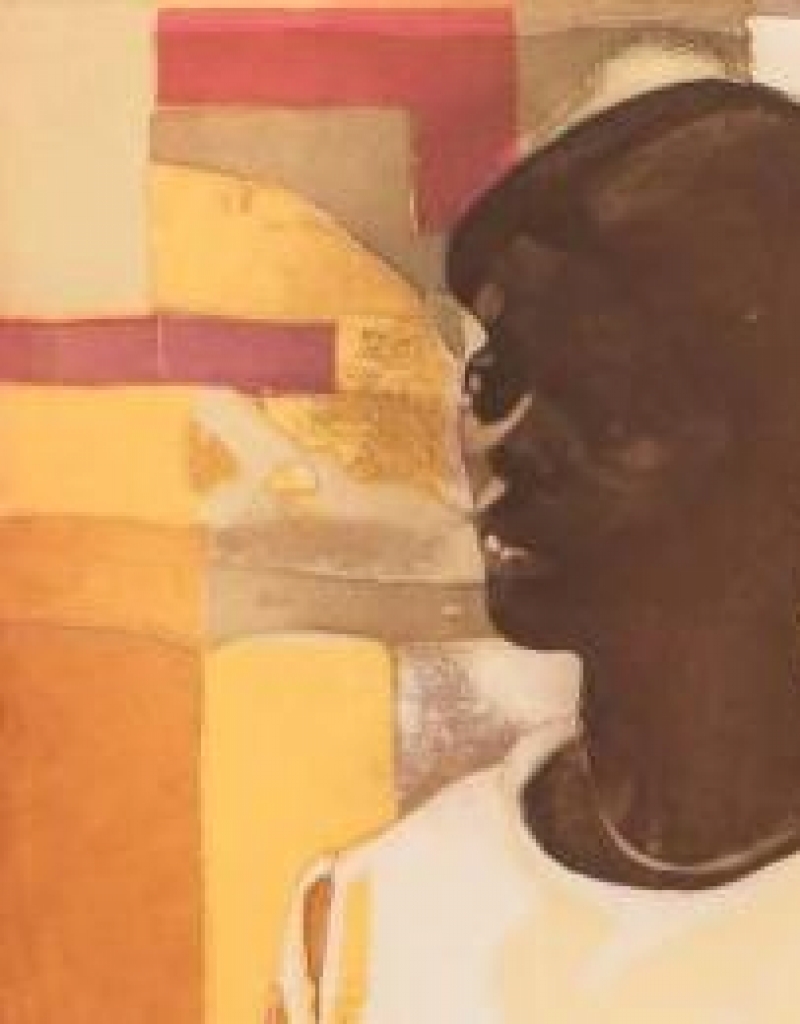Secondary Market
Ernest Crichlow (1914-2005)
Artwork for Sale
Biography
Ernest Crichlow was born in Brooklyn, New York, in 1914. He joined the Harlem Artists Guild in the 1930’s and worked alongside Jacob Lawrence, Charles Alston, and Aaron Douglas. The Artists Guild was supported by the Works Progress Administration (WPA), which provided employment for many artists during the Depression.
For Crichlow, the WPA was essential to the formation of many careers of African-American artists. He said that the WPA was “the greatest stimu-lant the American art scene had ever had. it meant something to be an artist then. The WPA was our haven and offered us a real entrée into what was happening. We had a lot of hope . . . Before that, very few of us had anything resembling a real art education.” Crichlow was always a strong advocate for black artists. in 1969, he, Romare Bearden, and Nor-man Lewis jointly founded the Cinque Gallery, an institution devoted to the advancement of black artists.
Primarily a figurative painter, Crichlow concentrated on people who lived in his Brooklyn neighborhood. He stated, “i try to show all of the emotions . . . i’m interested in clarity.” in Woman in a Blue Coat, arguably his most important painting, a confident, self-assured woman is depicted. Unlike later works by the artist that deal directly with societal limitations placed on blacks, this work celebrates the depth of emotions conveyed by her countenance. This is an image contro-versial for its confident nature and its simplicity and for its disavowal of the political world beyond the frame. The slice of life quietly elevated the subject to heroic stature at a time when the everyday lives of African-American women were not typically considered worthy of representation. Reference: Understanding the Vision: Learning from the Hewitt Collection of African-American


